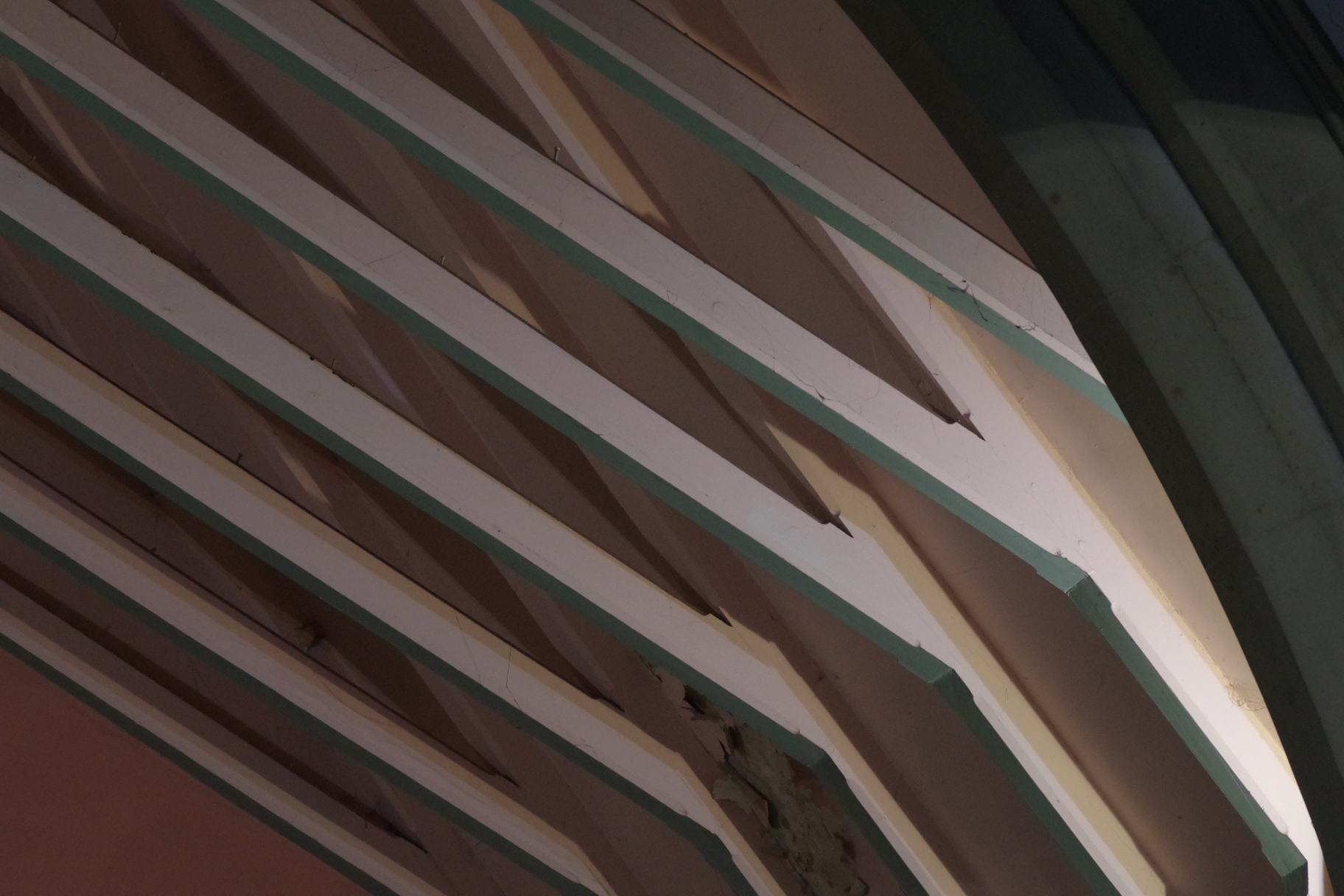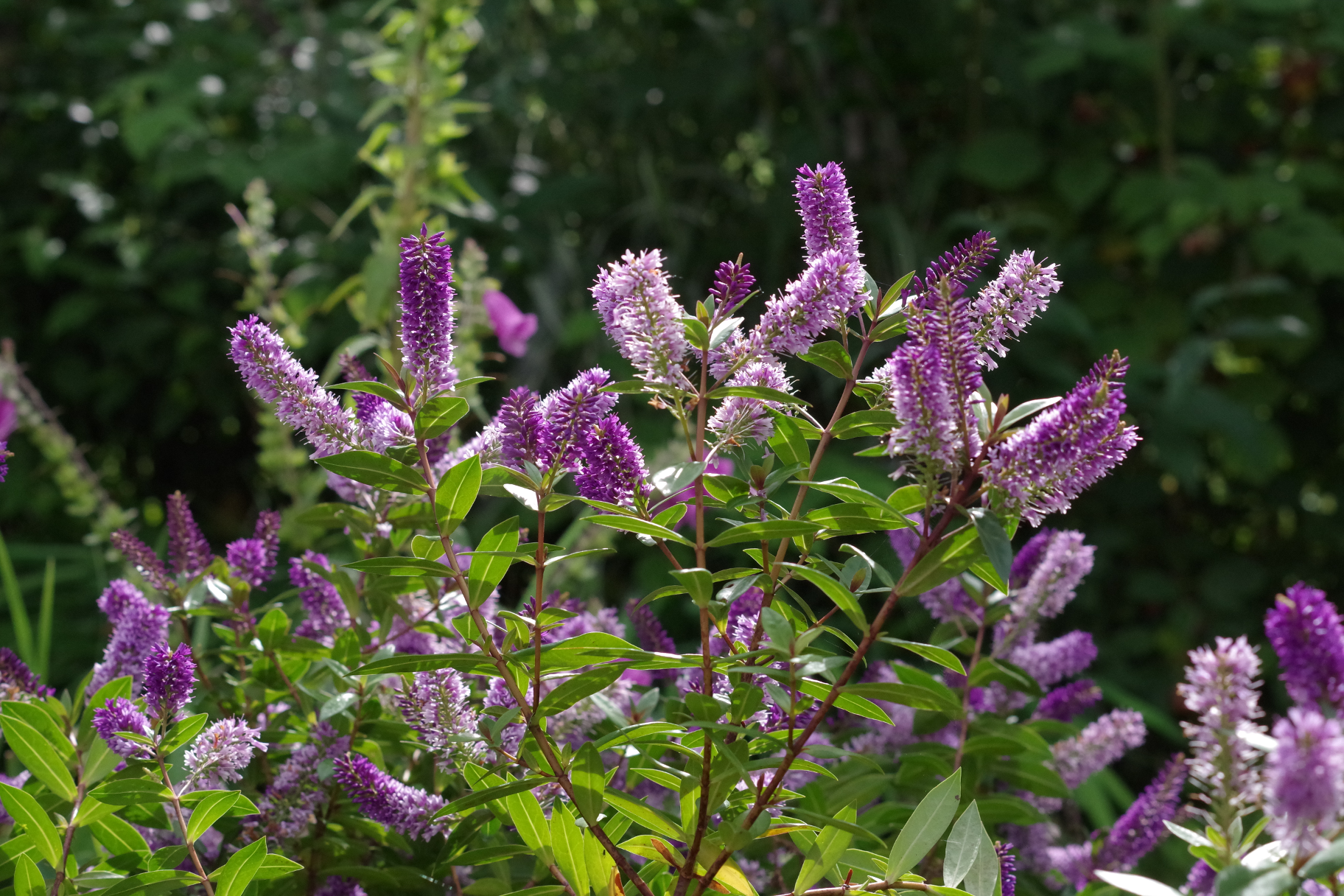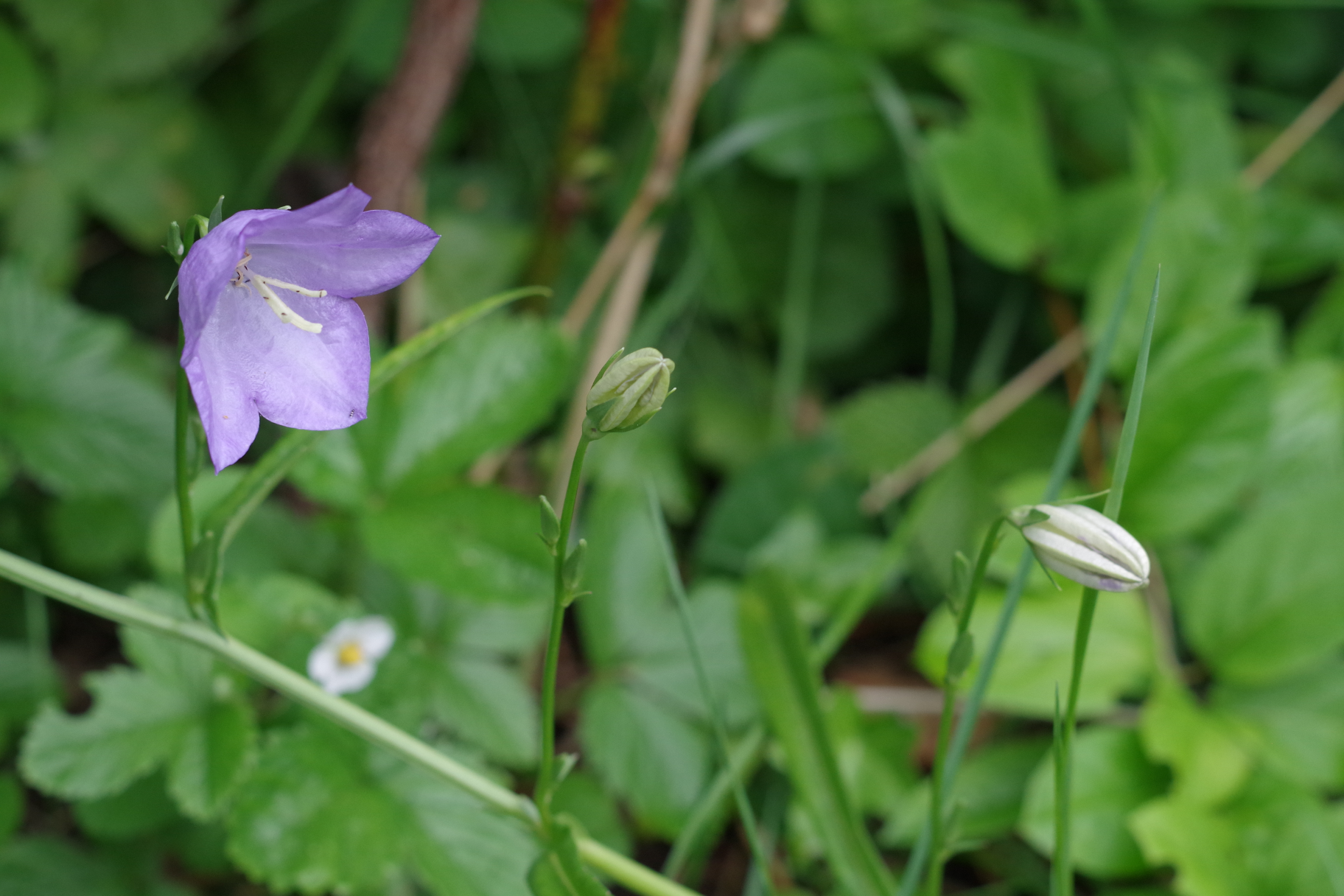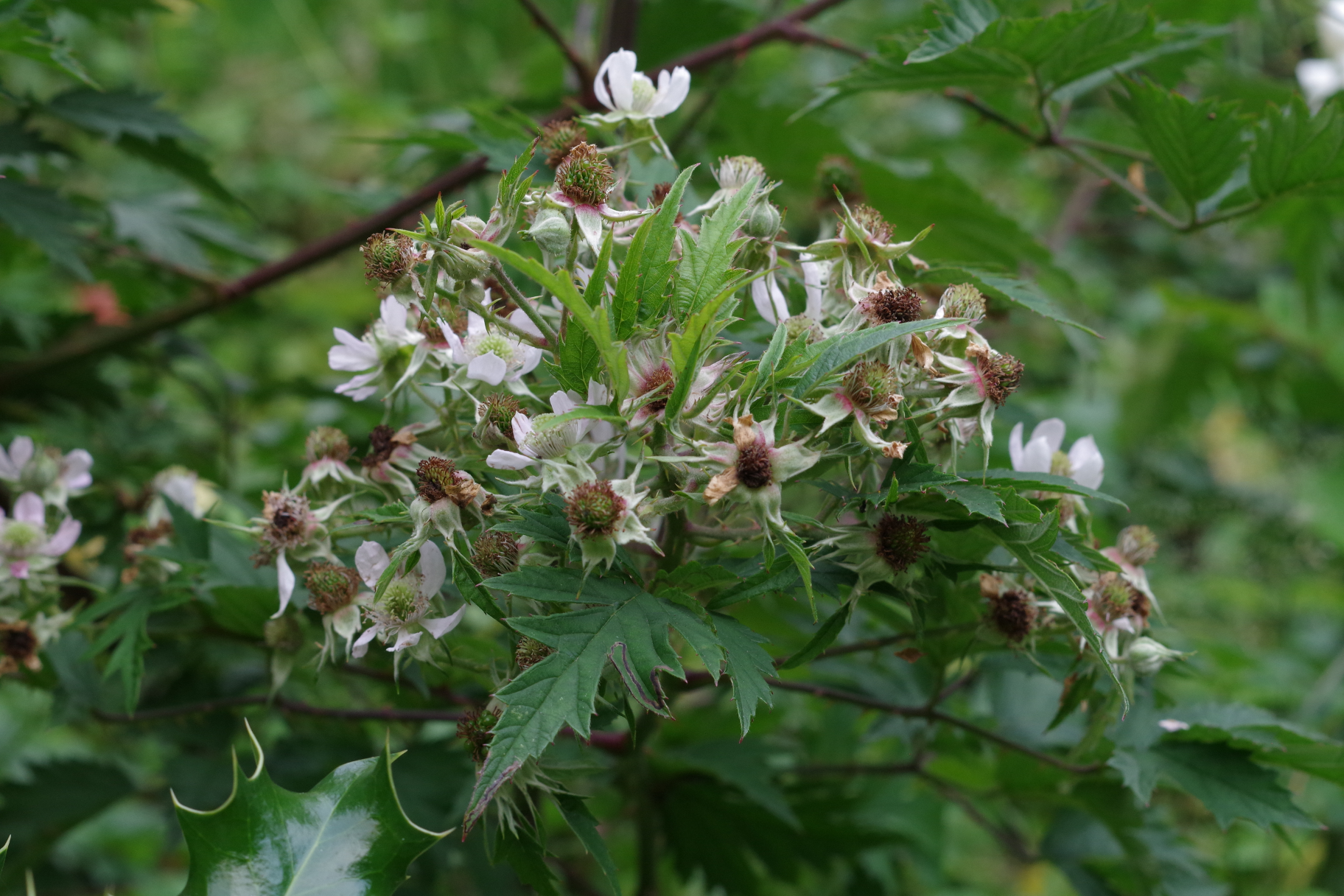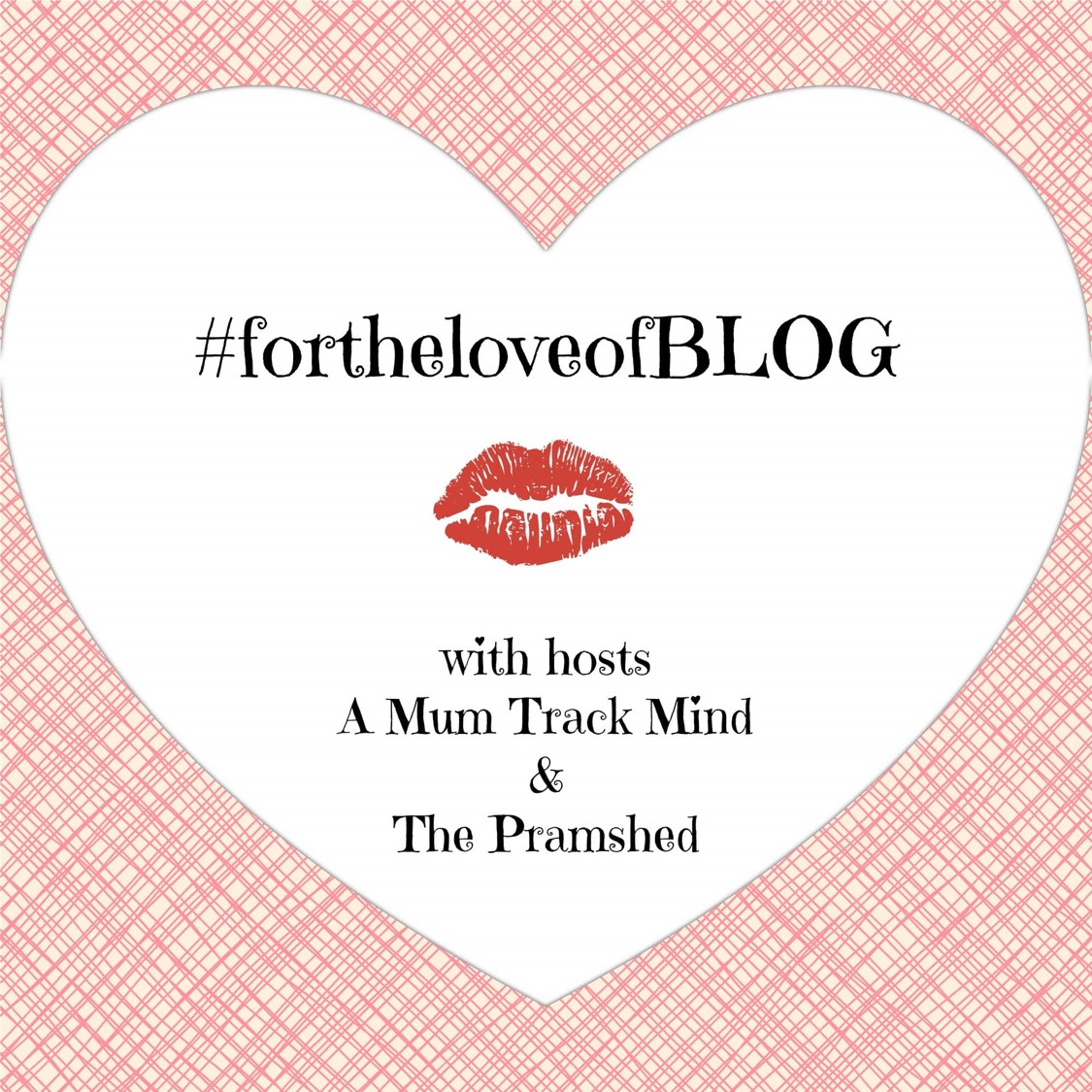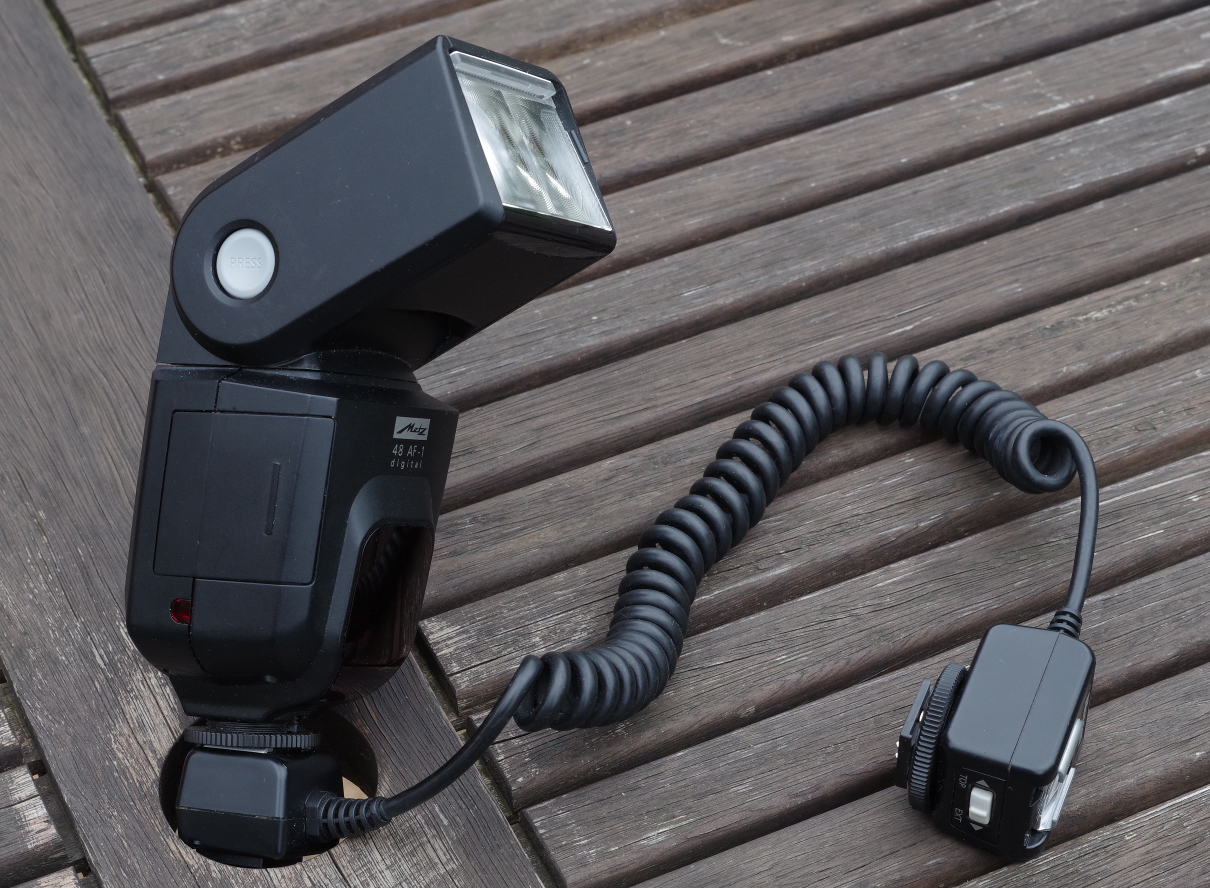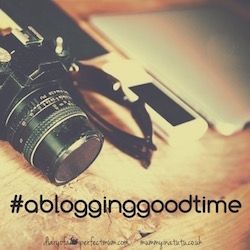It’s taken me a while to get down to writing this post; firstly because of other demands on my time, but not only that. It’s also because this subject is not simply a matter of science, or even history. It’s more a curious mixture of art and maths – but don’t faint dead away at this! It’s actually a very important subject – and equally so, whether you use the phone facility on a smartphone, or a professional-grade DSLR!
Composition has to do with what something is made of; the ingredients, if you like. But in the case of art or photography, as well as music, of course, it also includes the arrangement of these ingredients to form the one whole piece of work.
To thoroughly discuss this subject would, of course, take a whole book, never mind a blog post. But for now, I want to prompt you to think about how it affects you as a photographer, whatever kind of camera you use, and whatever kinds of subject predominate.
Now, in the last few years, digital photography, where film has been replaced by an electronic sensor, enabling images to be captured and stored with blistering accuracy and speed, has advanced at an amazing rate, giving us many added features coupled with real-term reductions in cost (the cost of storage such as memory cards and USB sticks has also crashed.) Images are instantly available, can be easily edited, can be transmitted by electronic means such as email, or even – dare I suggest – printed onto paper, as soon as you like. And none of us, I’m sure, regret this. But what all this also does is to put in our way the temptation to take dozens of shots, hundreds even, telling ourselves we’ll ‘sort them out later.’
Of course, ‘point and shoot’ has its place – particularly when capturing precious (or hilarious!) moments in family life. But in situations where we have a little more time, it’s worthwhile to cultivate good composition practices. Please have a look at this post here, where I’ve given my own examples of some techniques suggested by another photographer. I hope to compile further examples, as soon as I can. Then please come back!
*****
Ah, you’re back… I hope that post was understandable and helpful – questions and comments are welcome – either in the comments box for that post, or this one.
There’s another development in photographic equipment that I’d like to mention, namely, the proliferation of zoom lenses, over the last thirty or more years. A zoom lens is any lens which has provision to vary the focal length, and therefore the field of view, by turning a control ring, so that we can adjust, according to the zoom range, how much of the subject matter in front of us fills the frame. They thus give tremendous versatility and convenience. Typical examples are the ‘kit’ lenses supplied with DSLR camera bodies, which make great ‘starter’ lenses for the DSLR buyer, at modest cost (the kit price will often not be a lot more than the ‘body’ price.)
However, once again, there is a pitfall to avoid; we are inclined to often stay ‘on the spot’ and adjust the zoom setting, instead of changing our distance from the subject – and viewing position – for creative effect. Use the zoom control as a tool, certainly, but don’t be a slave to it!
While we’re talking about lenses – and in particular, interchangeable lenses – there are a couple of definitions we should sort out: prime lenses are those which have a fixed focal length, i.e. they are not zoom lenses. Marque lenses are those which are made (or at any rate, marketed) by the camera manufacturer. As an example, I have a 100mm f/2.8 Pentax macro lens. This is both prime and marque. It’s worth noting that prime lenses, although less versatile in some ways, will as a general rule have better optical quality (within a price range) and wider maximum aperture settings. They therefore present greater challenges as regards composition, but also, greater scope. (I shall enlarge on this in my next post in this series.)
By now, I hope I’ve convinced you that attention to composition is worthwhile, interesting, and even fun, even though it isn’t an exact science. I also hope you’ll go on to prove that intuition in this comes with practice.
I’m going to leave you with a few pictures. I don’t claim that they’re anything marvellous; I just want to get you thinking!
I’m linking this post to:
and to:
It's kind to share!

